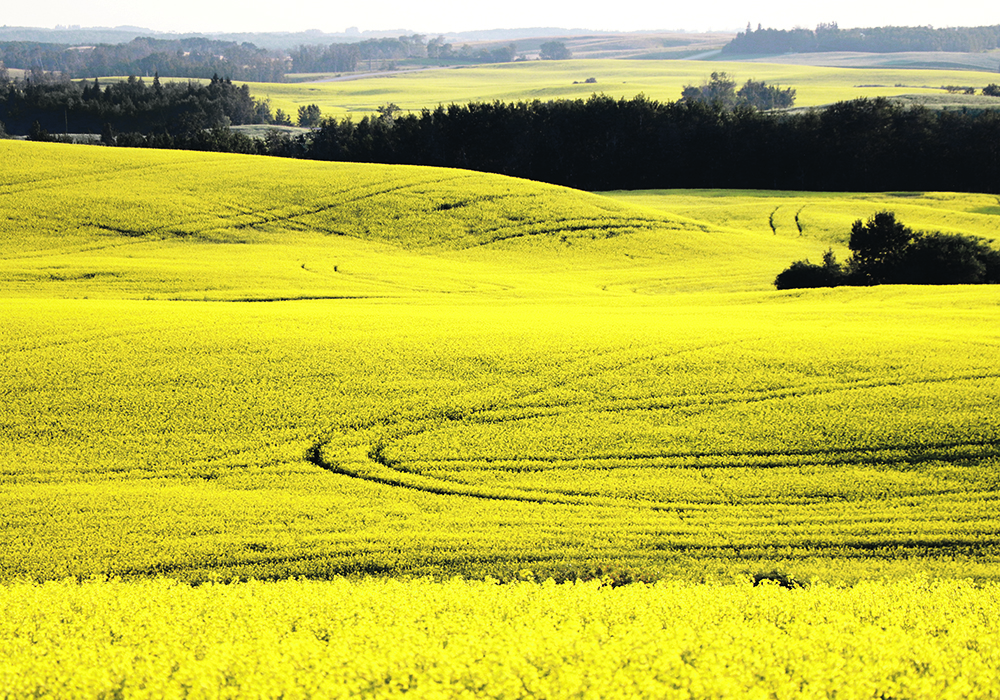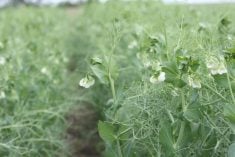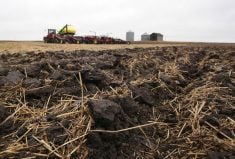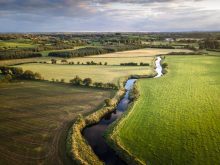WINNIPEG — Farming may be Canada’s economic engine or a significant source of greenhouse gases that threaten the planet.
It all depends on who you ask.
Two reports were released in early December, one from the National Farmers Union and the other from Grain Farmers of Ontario.
The NFU report focused on greenhouse gas emissions from crop and livestock production, noting that Ontario farms produce an unsustainable amount of carbon dioxide and other gases.
“We can be certain of the following: agricultural emissions in Ontario are high and rising,” the report says.
“Livestock remain a major source of emissions; fossil fuel use is a key driver of the rise in emissions.”
The NFU says emissions from Ontario farms have increased 16 percent since 2005, increasing from 11.9 million tonnes (in carbon dioxide equivalents) to 13.8 million tonnes in 2021.
There is more than enough data to convince the public and government that action is needed to “swiftly” reduce emissions from farming, the farm group noted.

“Our actions must address the central roles that fossil fuels currently play in agriculture.”
The other report, from Grain Farmers of Ontario, tells a more positive story.
It hired MNP to study the economic impact of grain farming in the province.
MNP looked at data from 2022 and found that production of corn, soybeans, wheat and other cereals resulted in 19.6 million tonnes of grain, $5.7 billion in farm cash receipts and $2.7 billion in exports. The economic impact of those crop was:
- $26.6 billion in total economic output, up 60 percent from 2010.
- $5.6 billion in direct gross domestic product and $10.5 billion in total GDP.
- $1.08 billion in direct revenue for all three levels of government .
- More than 90,000 jobs created.
The report studied the economic value of the entire value chain from the inputs used to grow crops, such as fuel and fertilizer, to the services provided to farmers.
MNP also analyzed the downstream benefits of crop production, including processing and manufacturing.
The report contains a massive amount of numbers and assumptions, but the message to government and the public is clear.
“Grain farming in Ontario is vital to the economic success of the province. Our industry is a stable source of jobs and economic growth,” said GFO chair Brendan Byrne, who farms in Essex County near Windsor, Ont.
Earlier this fall, the NFU published a report on greenhouse gases from Saskatchewan farms. It says emissions were 17.3 million tonnes in 2005 and 22 million tonnes in 2021, in carbon dioxide equivalents.
Looking further back, the NFU says, Saskatchewan’s agricultural emissions have doubled since 1990.
The organization points the finger directly at fertilizer for the increase in ag emissions in Saskatchewan.
Additional fertilizer use since 2005 has increased emissions of nitrous oxide, a potent greenhouse gas.
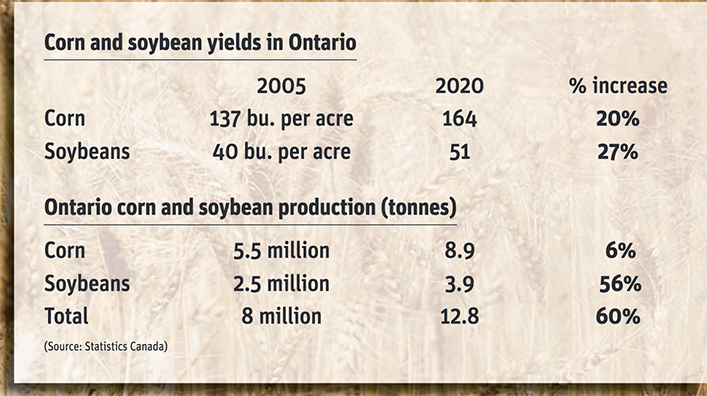
“In 2021, total net GHG emissions related to nitrogen fertilizer were 7.6 million tonne, making this the largest emissions source for Saskatchewan agriculture,” the report says.
The NFU doesn’t just count nitrous oxide emissions related to fertilizer. It also counts the emissions produced by manufacturing nitrogen fertilizer, the natural gas used to make that fertilizer and the fossil fuel burned while transporting the fertilizer to a farm.
As a result, its estimates for fertilizer emissions in Saskatchewan are much higher than other figures.
The NFU report doesn’t mention that Saskatchewan has become an oilseed processing powerhouse, thanks to the increased use of fertilizer and a massive jump in canola production.
In 2005, Saskatchewan farmers produced 4.5 million tonnes of canola, which requires a large amount of nitrogen fertilizer.
By 2019, that figure had climbed to 11 million tonnes, an increase of 144 percent.
About 60 percent of canola refining in Canada happens in the province, SaskCanola says.
That amount is poised to grow as Richardson International, Louis Dreyfus, Viterra and Federated Co-op build or expand crush plants in Saskatchewan.
The billions in investments will add to the 55,000 jobs and $14.7 billion in economic activity in the province related to growing, processing and exporting canola.
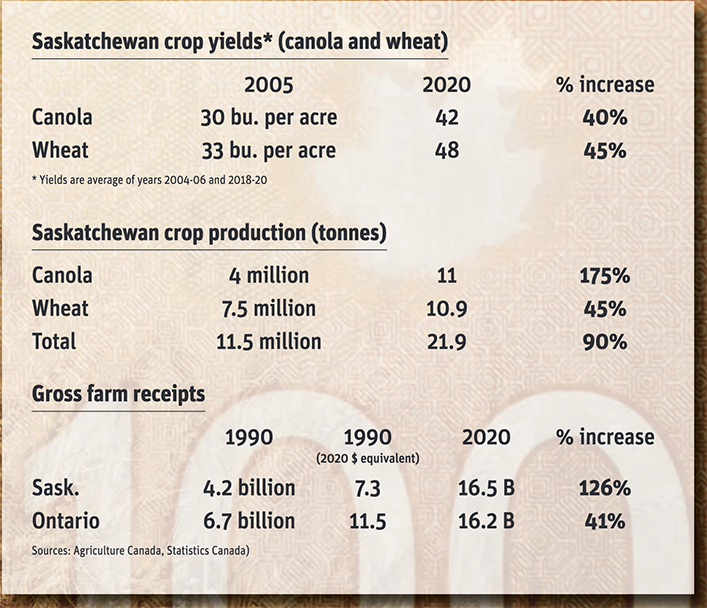
The Grain Farmers of Ontario and NFU reports, both released this month, neatly capture the ongoing battle to grab the public’s attention.
Environmentalists and certain groups say farming must be changed and completely disrupted, tomorrow, to cut emissions and save the planet.
Then there’s the farm groups that say crop and livestock production is critical for economic growth — more is better, keep it coming.
Right now, it’s unclear which of those visions will win out.
Will Canada become like The Netherlands, where cutting greenhouse gas emissions from farms is now the priority rather than economic growth?
There could be room for a middle ground, where productivity, the economy and the environment all win.
However, that assumes that a win-win-win scenario is realistic.
Maybe what’s needed is the return of an old-fashioned word from the world of economics — trade-offs. If you choose one thing, you’re going to lose the other.


